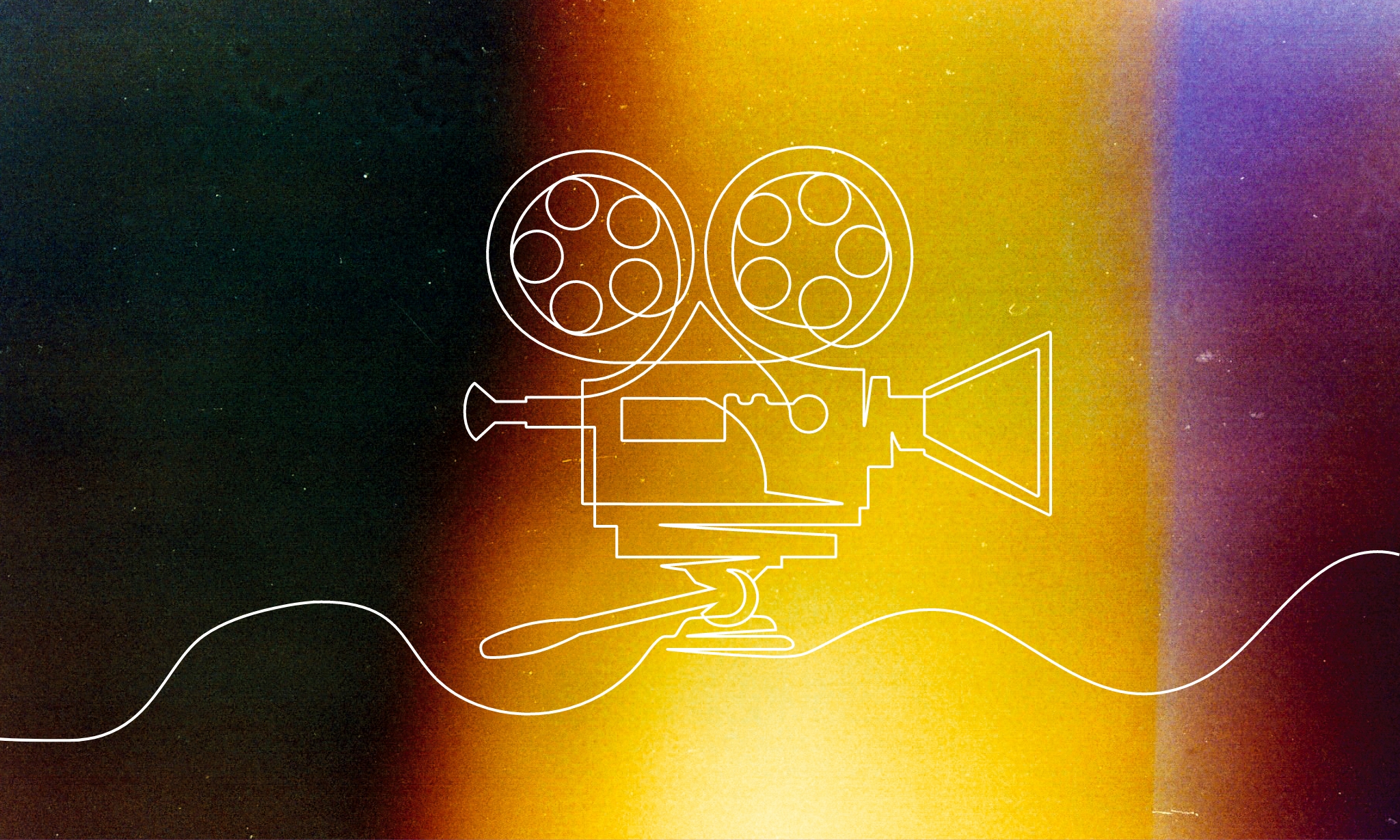How the Hollywood Strike Affects the Advertising World
What’s Happening?
It’s been about three months since the Writers Guild of America went on strike over an ongoing labor dispute with the Alliance of Motion Picture & Television Producers that essentially shut down all movie and TV show production in the U.S. When SAG-AFTRA, the union representing over 160,000 film, TV and radio artists, also went on strike in mid-July, the prospects of a quick resolution became increasingly bleak.
At issue is how the pie will be sliced in the new economic model thrust upon the entertainment industry with the advent of streaming services like Netflix and Hulu. Producers – from movie studios to TV networks to independent production houses – control the revenue side of the equation, and they claim they need the lion’s share of the proceeds to develop the new technologies viewers are demanding to make their consumption of content more seamless. But with broadcast viewership, moviegoing and streaming subscriptions all declining in a post-pandemic world, there are fewer dollars available to make those investments.
The striking workers, on the other hand, say they’re being squeezed out in the new model, which requires fewer writers and actors to produce new material and results in much lower residuals – the payments they receive when a show goes into re-runs or a movie is redistributed – that dramatically impacts their overall income. With both sides dug into their respective positions, the impasse has all but dried up the pipeline of new movies and TV shows. Even the Emmy Awards, which celebrate the best in television, have been postponed indefinitely.
What Does It Mean?
For the general population, the most significant impact of the strike is that their favorite shows won’t be returning when the fall TV season arrives. Daily programming like late-night talk shows and even game shows has already been affected, while feature films have a little more leeway because of the extended production timelines – in fact, movie theaters are having their best summer in years, but experts predict the pipeline of new releases could dry up early next year.
That leaves marketers struggling to answer questions about where and how to spend their money to reach consumers in this uncertain media landscape. It started in May, just days into the strike, when writers picketed television’s upfronts, usually a joyous time when advertisers excitedly line up to outbid each other to be associated with the hottest shows. But as the strike lingers and original scripted programs are replaced with re-runs and reality shows, brands should have a game plan for how to connect with their audiences in this new environment.
What Should Brands Be Doing About It?
Broadcast TV will be most heavily impacted by the dearth of new content, especially prime-time programming that commands top dollars from advertisers. With viewers likely to shun the less-desirable options on their favorite channels, we predict potential price declines that could offer significant value for brands’ content to carve out this slice of the pie.
Connected TV is likely to suffer as well, as streaming-only shows like “Billions” and “Yellowstone” have also had production disrupted by the strike. These platforms have vast libraries of content, however, so perhaps viewers will be satisfied watching prior seasons or exploring older shows they’ve never seen before. But if subscriptions continue to dip, ad-supported platforms may also be faced with the prospect of cutting rates for ad-supported content.
As is often the case, challenges in one sector of the media ecosystem may present opportunities elsewhere. One area where we see tremendous potential is on creator-driven platforms like YouTube, TikTok and Instagram. With fewer appealing programming options to consider on linear and connected TV, consumers will likely increase their viewing time on social media as a means of entertainment and escape.
We also believe influencer marketing could take on greater importance during this time as a means of directly reaching audiences with authentic, original content. In fact, these social platforms have been a valuable tool for the striking workers to get out their message in an effort to build empathy and understanding among the general public. Ironically, the strike could have a chilling effect on some influencers as SAG-AFTRA has threatened to blackball individual content creators who partner with studios and streamers while the strike is on.
When it’s all said and done, experts predict the streaming services will be the big winners as the labor dispute will force the industry to establish mutually agreeable guidelines in what had been a very unsettled marketplace. There’s no telling how long it may take for the two sides to reach a consensus. In the meantime, marketers would be wise to rethink their TV buying and lean into social media marketing to ride out the storm.

